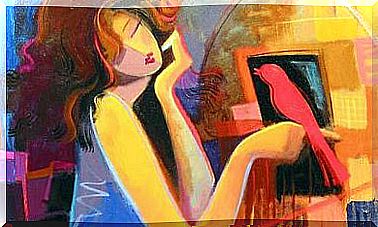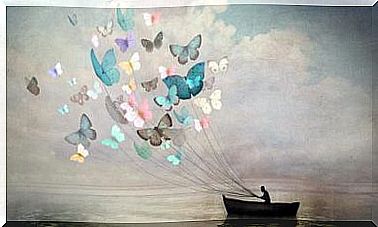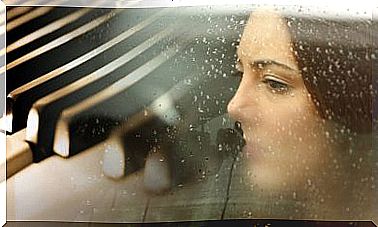Synesthesia: Seeing Sounds, Hearing Colors And Tasting Objects
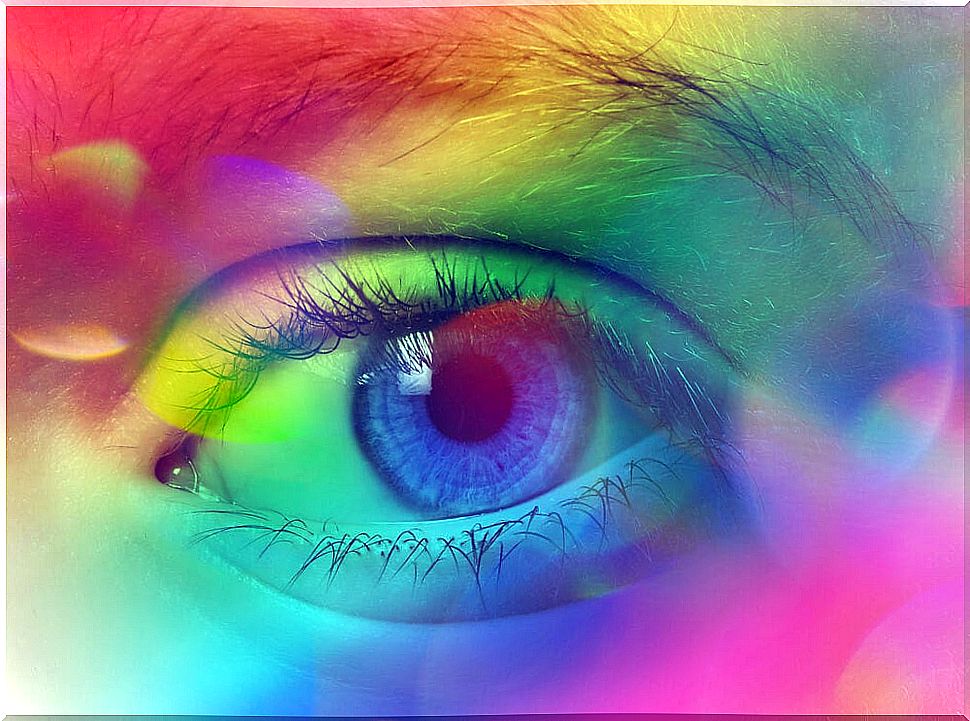
Imagine that you are petting a cat and, in the meantime, you can taste the candy in your mouth. Or that you listen to a Beethoven symphony and you start to see everything in blue. Or well, it is not that you imagine it: it is that it really tastes like caramel and you are seeing the color blue. That is the amazing world of those who have what we know as synesthesia.
Synesthesia is a combination of the senses. It consists of experiencing sensations from different senses at the same time before a single perceptual act. For example, synaesthetics can see sounds, touch a soft surface and feel a sweet taste, or smell a color.
It is not a mere association or that they “seem” to see, hear or taste something: it is that they really feel it. Even when a person loses one of the senses, synesthesia can continue to occur. A person who hears colors, for example, can still see them even when they are completely blind.
Synesthesia is not voluntary, but involuntary
All these perceptions are involuntary, just as when we look at a white wall, we continue to see it white whether we want to or not. It is something totally spontaneous, that cannot be controlled, and that has fascinated scientists and artists alike for years.
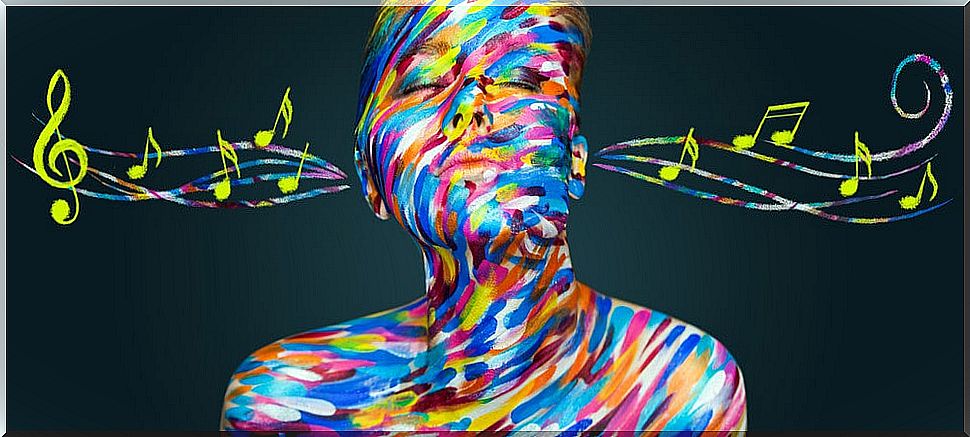
As for art, this amalgamation of the senses has mixed the palettes of painters, the sonnets of poets and the staves of musicians. For example, the impressionist painter Kandinsky saw colors when listening to music and painted symphonies, or the symbolist poet Rimbaud wrote poetry with correspondence between vowels and colors. This is, by the way, the most common kind of synesthesia: associating letters or numbers with a specific color.
To those who experience this phenomenon, it can be said that, literally, “the cables are crossed”. According to scientific studies, synesthesia originates when there is a cross activity between the parts of the brain that are responsible for processing the senses.
This condition can be genetic, present during fetal development, or occur as a result of the use of drugs such as LSD, mushrooms or other psychedelic substances. It also occurs in autism and in people with some type of epilepsy. During depression, synaesthetics experience these sensations more intensely.
Your confusion with other diseases
It is estimated that one in two thousand people present this condition acutely, and one in twenty mildly, but precise data has not yet been found for a simple reason: those who experience it do not realize it, even for years, because for them that is their way of perceiving the environment and it is, until they share their perceptions, that they realize that they live it in a different way (as happened to me personally, while I was writing this article).

However, this phenomenon can sometimes be confused with other diseases. Schizophrenia, for example, can be one of the hasty diagnoses of something that is completely normal for some people. Their way of perceiving, feeling, smelling and seeing is different, because their senses are not associated in the way we understand them, but they intersect with each other.
However, we must be clear that synesthesia is not a disease or a disorder, it is just a peculiar way of tasting the world. Some studies indicate that it even brings benefits in terms of creativity or memory so that, if you have it, savor the sounds, enjoy how that aroma looks and caress the colors around you with your hand.
And you? Do you have any type of synesthesia or have you never rethought if you had it?

